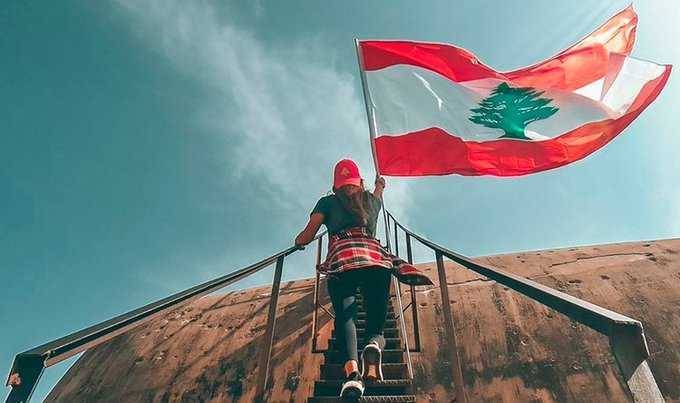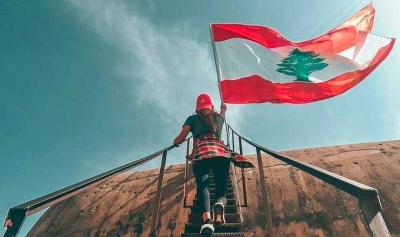The Lebanese political class has dealt with the political, economic, and social crises that have beset Lebanon as the Murji’a, which in the "Dictionary of Meanings" refers to postponement and delay. They have given themselves years while waiting for a solution that suits their interests and preserves their gains, without considering the social and political transformations following the "October 17, 2019" uprising and the implications of the economic and living crisis on the nature of the Lebanese citizen. Since that October date, which posed a real threat to the nature of the Lebanese political system engineered by the Syrian occupation between 1992 and 2005, and which has since been protected by Iranian armed influence, the ruling political system has sought to delay solutions, waiting for the domestic population to acknowledge its inability to change it, and for the external community—the Arab and international societies—to retract their demands for behavioral change.
Recently, rumors among Lebanese Murji’a suggest that solutions will appear in the first half of next year, 2023, particularly after the end of Michel Aoun's presidential term. Some have formulated a calendar with specific dates, with some claiming that solutions will begin at the start of spring, while the more optimistic have set February as the latest date to resolve the presidential vacancy, providing both internal and external data to support their assertions.
From Paris to Riyadh, through Tehran and reaching Washington, Lebanese speculation about imminent solutions is rising. Political and media "elites" have begun promoting scenarios of an upcoming regional and international settlement in February or March, interestingly contextualized within local wishes placed within Arab and international frameworks. Some have linked the solution to the Iranian nuclear deal, presenting their insights as if from a closed negotiation room in Vienna, neglecting the impact of Iran's drones in Ukraine and ongoing protests in Iran, which have affected the negotiations, with the West no longer interested in granting Iran what it seeks for itself, let alone for others.
Another party has linked the solution to the stalled Iranian-Saudi discussions in Baghdad, positioning the Lebanese crisis at the top of their priorities. Meanwhile, some entities have asserted that there is a Qatari-French initiative planned immediately after the World Cup, with Doha intending to focus on the Lebanese situation.
As the year closed, various scenarios for solutions emerged, with some suggesting a new equation based on sharing the two presidencies between foreign parties. When those attributed to this settlement did not engage, another scenario surfaced discussing two consensual presidents. Interestingly, some resumed discussions about the "Sin Sin" understanding, referring to Saudi Arabia and Syria, as if forgetting or ignoring that the latter no longer has a foreign policy and is under Iranian-Russian guardianship.
Only French President Emmanuel Macron sees Lebanon as a sanctuary and continues his initiatives; however, in his latest statement, he stated contrasting ideas, as the president who bears responsibility for reviving the ruling system after the Beirut port explosion has now spoken about the necessity of ridding the ruling political class, accusing it of obstructing the path to a solution, while his representatives in Lebanon insist on adopting a stance of those who hinder resolutions.
In essence, the Murji’a have overlooked that ending the presidential vacancy does not depend on time but rather on an will that most of them lack, and that the crisis has surpassed the election of the two presidents (of the Republic and the government)—the future of the Lebanese entity is now at stake.
Thus, it is appropriate to say about the Murji’a in Lebanon, according to the scholars that "the Murji’a are not of one doctrine; rather, they are sects and schools."




